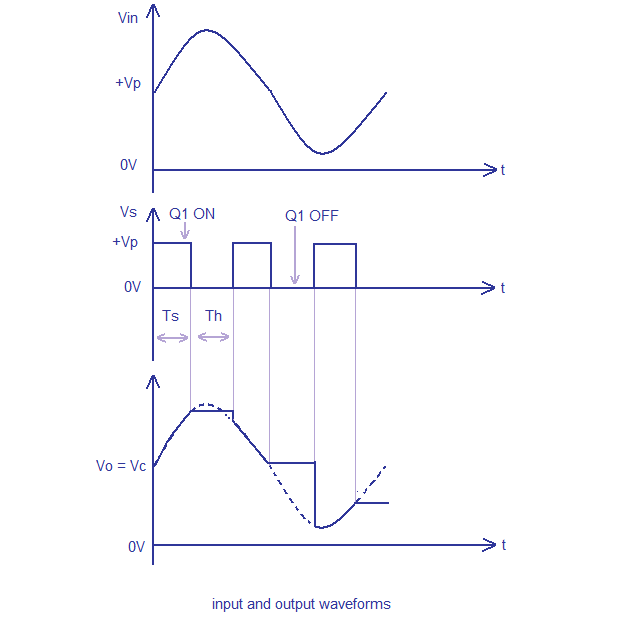Three Lamp-Channels Output Built-in Electret Microphone
A simple, satisfactory Color Organ can be built with a handful of cheap components. This design features: no mains supply transformer, built-in microphone and three widely adjustable frequency bands obtained by means of very simple, passive filters for Bass, Middle and Treble.Circuit diagram :

Simple Color Organ Circuit Diagram
Due to the very low current consumption of this circuit, the mains supply can be conveniently reduced with no heat dissipation by the reactance of C1; then rectified by D1 and D2 and clamped to 24V by the Zener Diode D3. The music diffused by the loudspeaker(s) of any type of media player, is picked-up by the built-in microphone and the resulting signal is greatly amplified by a two-stage transistor audio amplifier Q1 and Q2.
At the output of the second stage, the audio signal is filtered and split into three fully adjustable frequency bands by means of a simple (though effective) passive filter formed by P1, P2, P3, R7, R8, C6 and C7, thus avoiding the complexity of op-amp based active filters. Transistors Q3, Q4 and Q5 are the drivers for the Triacs D4, D5 and D6 respectively, but can be omitted if high sensitivity Triac devices are used.
Parts:
P1,P2,P3_____10K Linear Potentiometers
R1_____470R 1/2W Resistor
R2_____100K 1/4W Resistor
R3_____1M 1/4W Resistor
R4_____22K 1/4W Resistor
R5_____220K 1/4W Resistor
R6_____15K 1/4W Resistor
R7_____1K5 1/4W Resistor
R8_____4K7 1/4W Resistor
R2_____100K 1/4W Resistor
R3_____1M 1/4W Resistor
R4_____22K 1/4W Resistor
R5_____220K 1/4W Resistor
R6_____15K 1/4W Resistor
R7_____1K5 1/4W Resistor
R8_____4K7 1/4W Resistor
C1_____330nF 400V Polyester Capacitor
C2_____470µF 35V Electrolytic Capacitor
C3,C4,C6_____100nF 63V Polyester or Ceramic Capacitors
C5_____1µF 63V Electrolytic Capacitor
C7_____4n7 63V Polyester or Ceramic Capacitor
C2_____470µF 35V Electrolytic Capacitor
C3,C4,C6_____100nF 63V Polyester or Ceramic Capacitors
C5_____1µF 63V Electrolytic Capacitor
C7_____4n7 63V Polyester or Ceramic Capacitor
D1,D2_____1N4007 1000V 1A Diodes
D3_____BZX79C24 24V 500mW Zener Diode
D4,D5,D6_____TIC206M 600V 4A TRIACs
D3_____BZX79C24 24V 500mW Zener Diode
D4,D5,D6_____TIC206M 600V 4A TRIACs
Q1 to Q5_____BC547 45V 100mA NPN Transistors
MIC1_____Miniature Electret Microphone Capsule
SW1_____SPST Toggle Switch 250V 10-15A (See Notes)
PL1_____Male Mains Plug
SK1,SK2,SK3_____Female Mains Sockets
Notes :
- sing the Triac types suggested in the Parts List, each channel can drive several incandescent lamp bulbs, up to about 800W, but in this case a separate heatsink must be used for each Triac.
- Due to the absence of a mains transformer, avoid to connect this circuit to other appliances (e.g. to the output of an amplifier by means of a cable). Please use only the microphone enclosed into the main case to pick-up the music.
- For 110-120V mains operation, C1 value must be doubled: use two 330nF capacitors wired in parallel or one 680nF 250V capacitor. No further modification is required.
- SW1 must be a high voltage, high current switch, as it must withstand the total amount of current drawn by all bulbs wired to the three outputs of the circuit.
Warning! The device is connected to 230Vac mains, then some parts in the circuit board are subjected to lethal potential! Avoid touching the circuit when plugged and enclose it in a plastic or wooden box.











